In late December 2014 President Obama opened relations with Cuba, over 50 years after the embargo that stopped all US imports and meant that American citizens could not enter the country was first put in place. This shift has a lot of meaning, one of which directly affects the ability for Americans to travel into this previously forbidden city.
In April 2015, via a partnership between Yoga For Bad People and Cuba Educational Travel, I headed there myself under one of the 12 now government approved categories.
Under a strict Cuban government approved itinerary, we had a detailed schedule that needed to be mostly followed each day. Though none of the people in our group were particularly used to traveling in this fashion, it was what was mandatory in order to be there as a US citizen, plus it did grant us undeniably incredible access to the fascinating country of Cuba.
During our week long stay, we had a huge amount of exposure to the cultural and historical elements that help make Cuba what it is today.
We were given a tour of the Museum of Cuban Art, guided by a Cuban art historian. We were the fortunate audience to multiple live music performances in private venues, led by renowned Cuban singers and songwriters. We were taken to the Nostalgic Cars garage, and spoken to about what it takes to repair classic cars by the owners themselves (and then given a surprise by being driven around in them!).
We ventured three hours outside of the city of Havana to Pinar del Rio and were welcomed into the home of local farmer and tobacco connoisseur Benito for a lesson in cigars and coffee. We visited La Finca Vigia, former home of Hemingway. And of course we did yoga, though in this instance it did fall secondary to the intense days exploring Havana and beyond.
My adventures in Cuba did involve food as well, though the experience here was different than most. Up until the early nineties paladares, privately owned restaurants, existed only illegally, and were somewhat limited in number.
Nowadays paladares are more plentiful, but the resources able to go into these are still limited as Cuba of course is a socialist country. Meats are bought on the “black market” (which here only means bought outside of government regulation) and spices are brought in by relatives or friends of the owners who are fortunate enough to go abroad at all.
In my opinion, the venues themselves were more impressive in most cases than the food, which is not overly surprising given the circumstances. The spaces were interesting though, and eclectic, artistic and impressive. They were creative and colorful, and as full of life as the rest of Cuba was.
The most traditional dish you can find throughout the city is ropa vieja, which translated means “old clothes.” Stewed beef and vegetables are the main ingredients. Beyond this comes a lot of lobster (this was a bit hit or miss), fish, yuca, tamales and no shortage of rice and black beans.
The Spanish influence is prevalent in most dishes, as a direct result of the colonization of Cuba by this country years ago. Mojitos tend to be the drink of choice!
Here are my personal food highlights, and where to find the best food in Cuba!
– El Cocinero –
El Cocinero is the undertaking of rock, hip-hop, Afro-Cuban fusion musician X-Alfonso and is set up within an old cooking oil factory in the Vedado neighborhood of Havana. There is a dining room on the ground floor and a large, outdoor patio on the roof with more tables for dining, a bar and impressive city views.
Next door is the Cuban Art Factory (La Fabrica de Arte Cubano) which had the most NYC like vibe out of anywhere we went. Comprised of dozens of rooms, this space is a state supported project for blossoming young artists. There are installations, paintings, poetry, dance and movie screenings at any given time.
Read More: 10 Local Foods to Try in Cuba
– Dona Eutimia –
Located right in the center of Old Havana amidst the plazas and the modest art galleries that line the cobblestoned streets, Dona Eutimia is a recent addition paladar wise, but it’s history dates back to the 1970s when young artists used to gather near here to do their work.
Drop by for lunch and you’ll feel like you dipped into a local’s casual dining room!
– La Guarida –
La Guarida stood out to me the most out of all visited venues. To get here you’ll go into what feels like an old, abandoned home, climbing dozens of large, marble stairs until it opens up to a bustling old Hollywood feeling restaurant on the very top floor.
Walking in it’s easy to feel like you’ve really come across something special.
The walls are adorned with photos of famous past visitors, like Jack Nicholson, Oliver Stone and Steven Spielberg. Jazz music fills the air and light curtains wave as a light breeze passes. The food is okay; not great, but overall La Guardia makes for a really good night out.
– Hotel Nacional –
Brought to international fame by none other than Anthony Bourdain, Hotel Nacional is absolutely worth seeing. Located nearby the equally famous Malecon strip, the combination of the hotel and it’s location is a real jolt into the Cuba many imagine.
Hotel Nacional has a breezy, tropical yet refined feel, with an air about it that gives off the notion that important things are happening. Dine outside under the canopies and enjoy and appreciate the fact that you are doing what many have not.
– Finca Paraiso Agroecologico –
Located between the Vinales region and the city of Havana, Finca Paraiso Agroecologica was the exact reprieve we were all looking for. The restaurant is perched on the hill of a farm, where they churn out organic food and captivating views.
The dining room was essentially set up on their wraparound porch, overlooking the sprawling property!
This was by far the biggest variety of food we encountered, with everything from tasty anti-stress green juice to grilled okra and carrots, dozens of salads, homemade soups and marinated meats and fish.
– San Cristobal –
If it’s good enough for Jay-Z and Beyonce, it’s good enough for me, right? San Cristobal offers an incredibly interesting and eclectic interior, full of old books piled high on chairs, elephant statues scattered around, clocks, religious artifacts, palm trees and old photos lining the walls.
There is a huge central dining table in the middle of the restaurant, and smaller tables in offshoot rooms off of that. After you dine make sure to grab a local cigar, too.
You’ll feel as if you’ve landed soundly in the mix of a majestic Cuban night out.
READ NEXT: The Ultimate Foodie Getaway Guide to Aruba
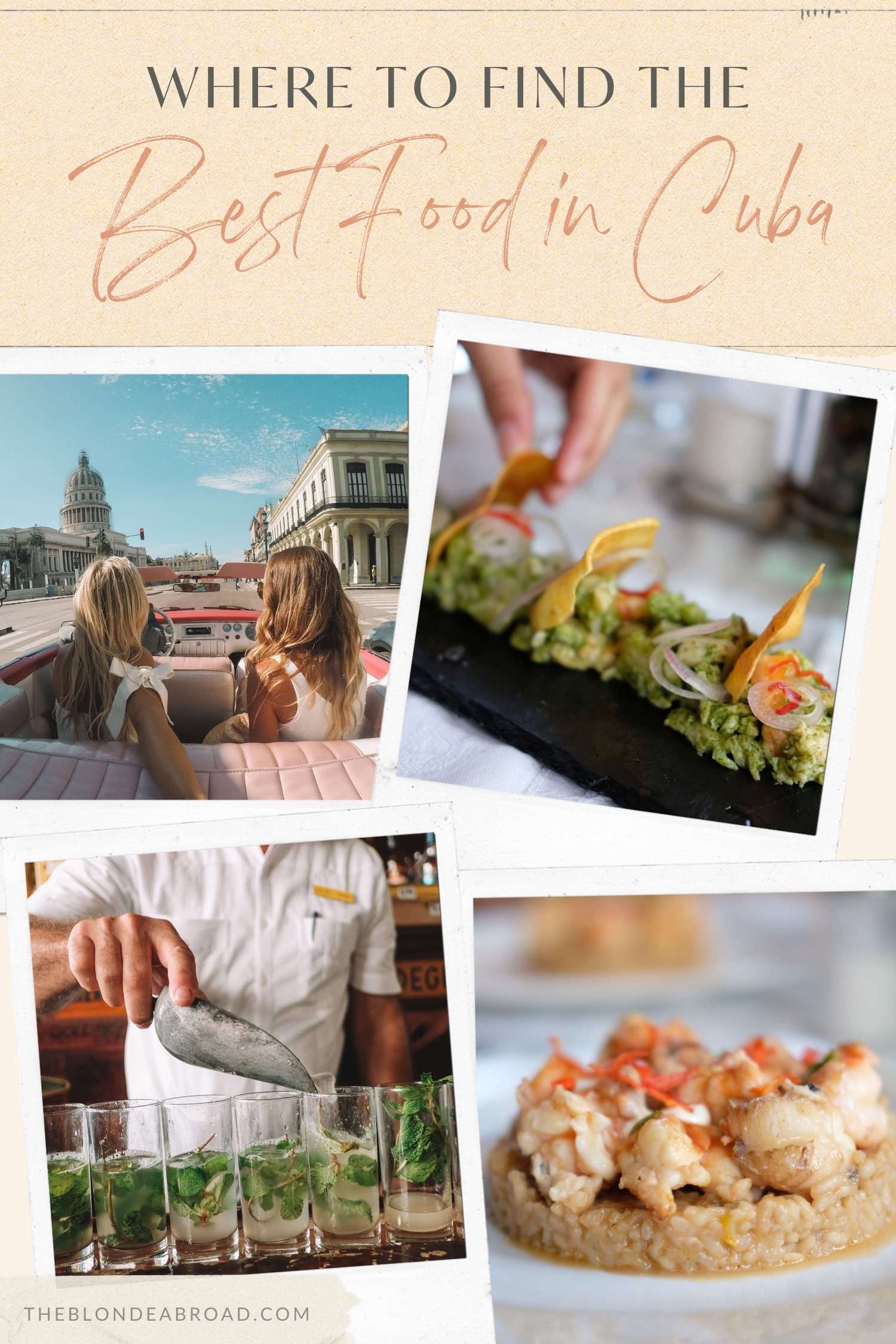












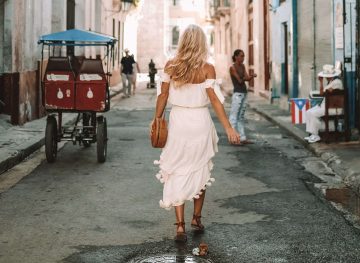
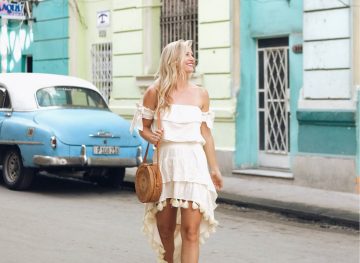
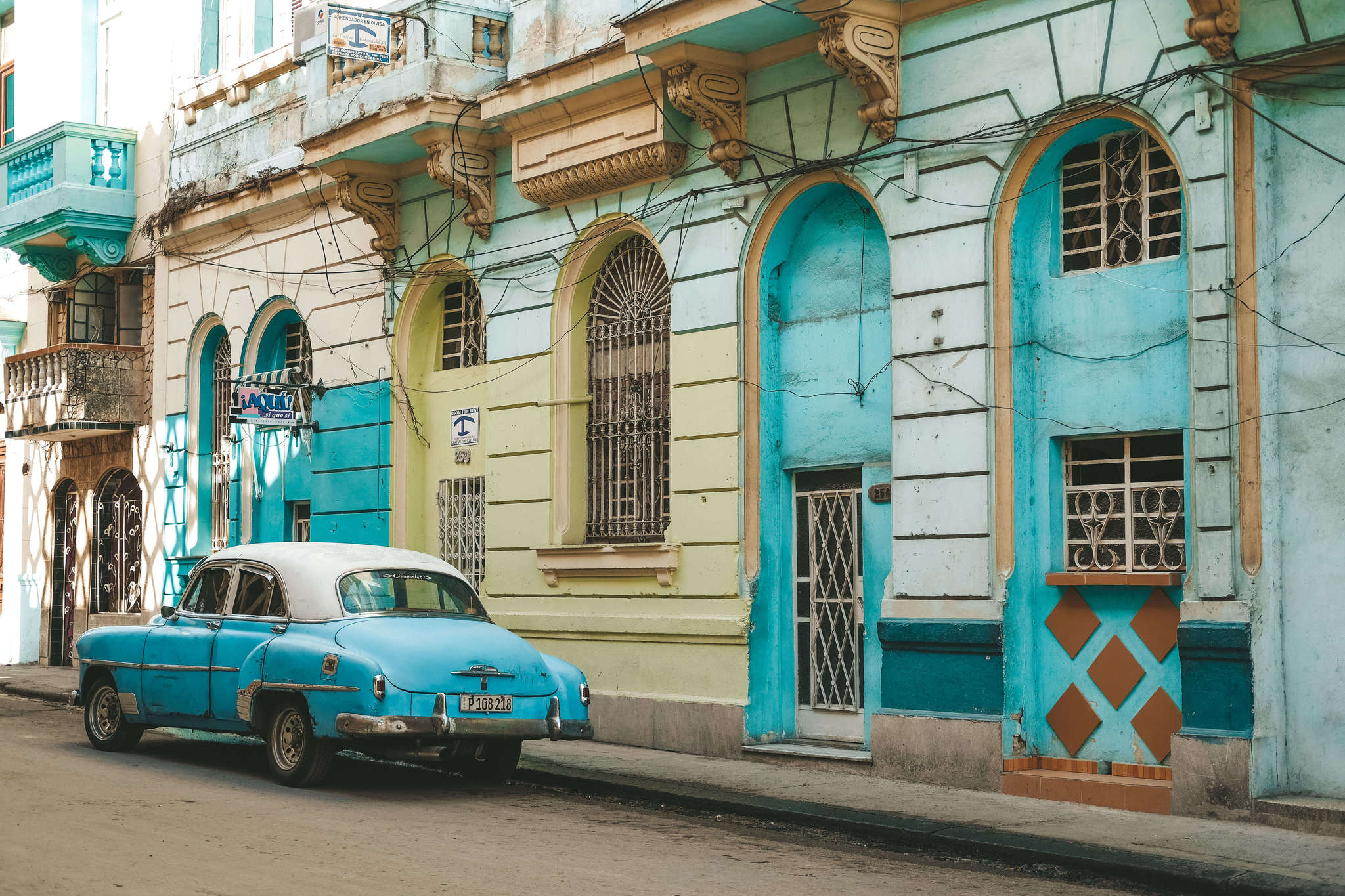
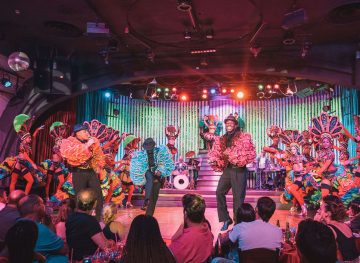
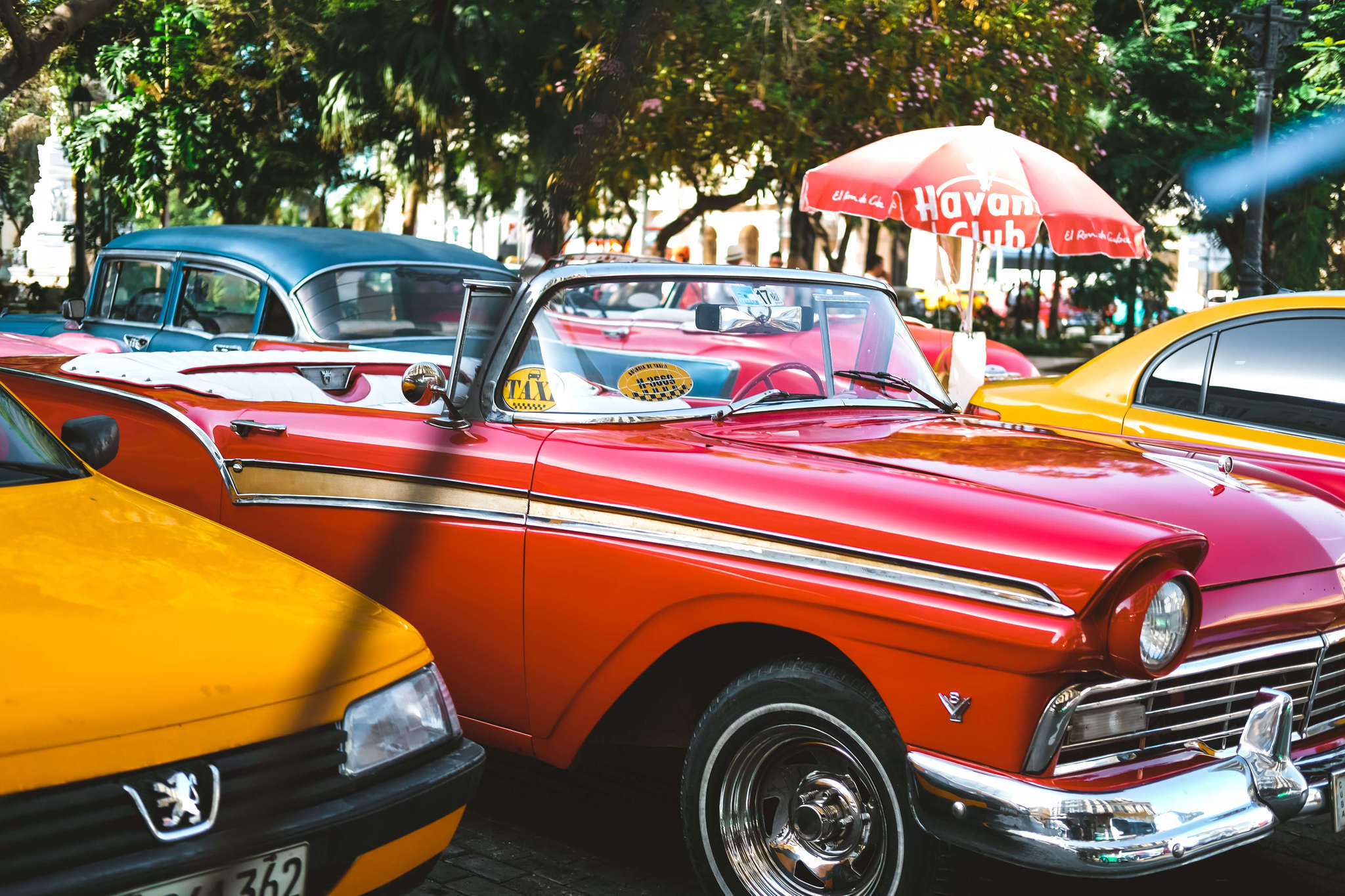
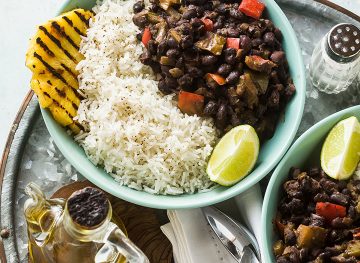




My Mouth is watering when I read this article. Thank you for sharing.
I’m glad! 🙂
Cuba is so different I love that you can see in the photos the history of the city
It IS so different! So unique!